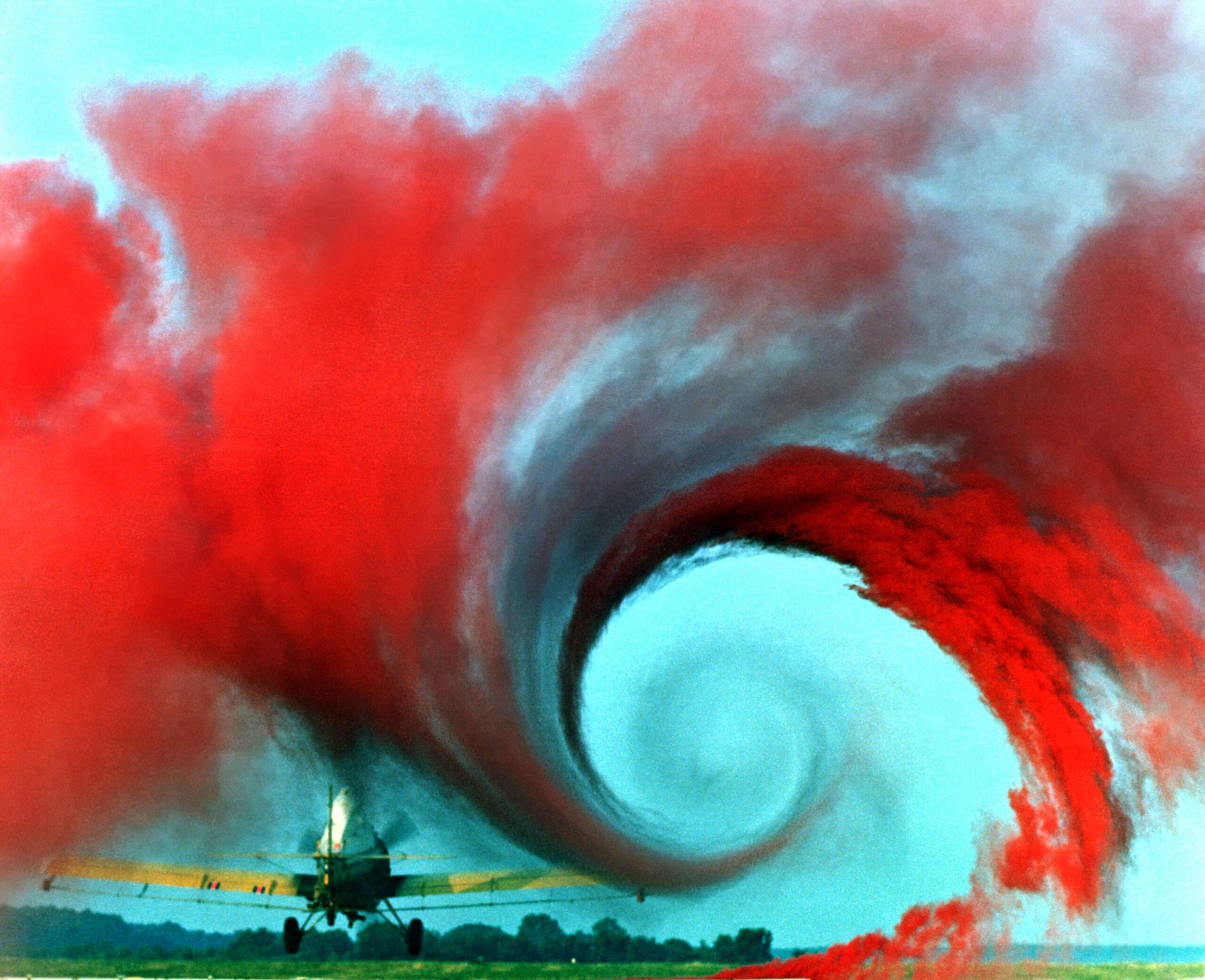An overview of the aesthetics of flow visualizations, and how it relates to generative art.
Prior to writing smart contracts at Art Blocks, I spent eight years designing and analyzing new airplanes as an engineer in Boeing’s Flight Sciences group. Before that, I spent my educational years studying Aeronautics and Astronautics at the University of Washington and Stanford. It was during those years that I also started my journey as a “wind tunnel junkie” with a college job at the Kirsten Wind Tunnel.

During my formative years while studying aerodynamics and running wind tunnel tests, I was continually exposed to a wide variety of aerodynamic tests. I tested airplanes with Boeing and Cessna, sports equipment with Olympic athletes and Nike, racecars with racing teams, and spacecraft with NASA.
One of my favorite things we would do at the wind tunnel were flow visualizations. For most wind tunnel test runs, a model is mounted to a sophisticated “balance” that measures aerodynamic forces and moments on it. However, every once in a while, aerodynamicists want to understand what the airflow is doing in a particular region of a wing, for example. In those cases, flow visualization becomes a useful tool.
What is flow visualization? Put simply, it is something that helps a human understand what a flow is doing. Air is naturally transparent, so we need to do something to reveal how it is moving.
Perhaps the most commonly known type of flow visualization is smoke flow. You will sometimes see short clips of this in car commercials, like the one below.
While smoke flow visualizations are aesthetic, there are other types of flow visualizations are also very picturesque. For example, the method depicted below is one of my favorite. It involves dumping a bucket full of wet clay mixed with neon powder over a wind tunnel model, and simply blowing high-speed wind over it as it dries. The result highlights the artistic hand of the wind on the airplane’s metal canvas.

While most aerodynamic visualizations are often kept out of public sight for intellectual property reasons, most people are still familiar with more natural fluid visualizations. Whitewater rapids in a river are a natural form of fluid visualization brought on by the mixing of air bubbles in the water. Waves crashing at a beach or waterfalls down steep mountain cliffs are also forms of flow visualization.

Turning it into Generative Art
As a crypto degen and overall NFT nut, I have known for a couple years that I wanted to attempt a generative art project that shared my love for fluid dynamics and flow visualizations with the broader NFT space. A big source of encouragement for me was reading the essays on Flow Fields by Tyler Hobbs. Tyler was and is a student and researcher who obsessed over how to best depict streamlines. Without his essays and research, Tyler’s Fidenza project would not exist.
I started my generative art project, Flows, based on the premise that I have always really enjoyed looking at flow visualizations, and I wanted to bring and share that experience with other people. The project took a long time to conceptualize, and certainly has evolved to be something more than “make pretty wind pictures”, but at its core, the project does rely to a certain extent on the natural aesthetics of flow visualization.
In summary, I think flow visualizations can be quite aesthetic, and I think they do have a place in the world of generative art.
For an overview of the generative art project Flows, see this post.

Comments
One response to “Seeing the wind”
[…] An overview of the generative artwork project titled “Flows” by ryley-o.ethNote: A deeper introspection of the inspirations that led to this work is available at this post. […]